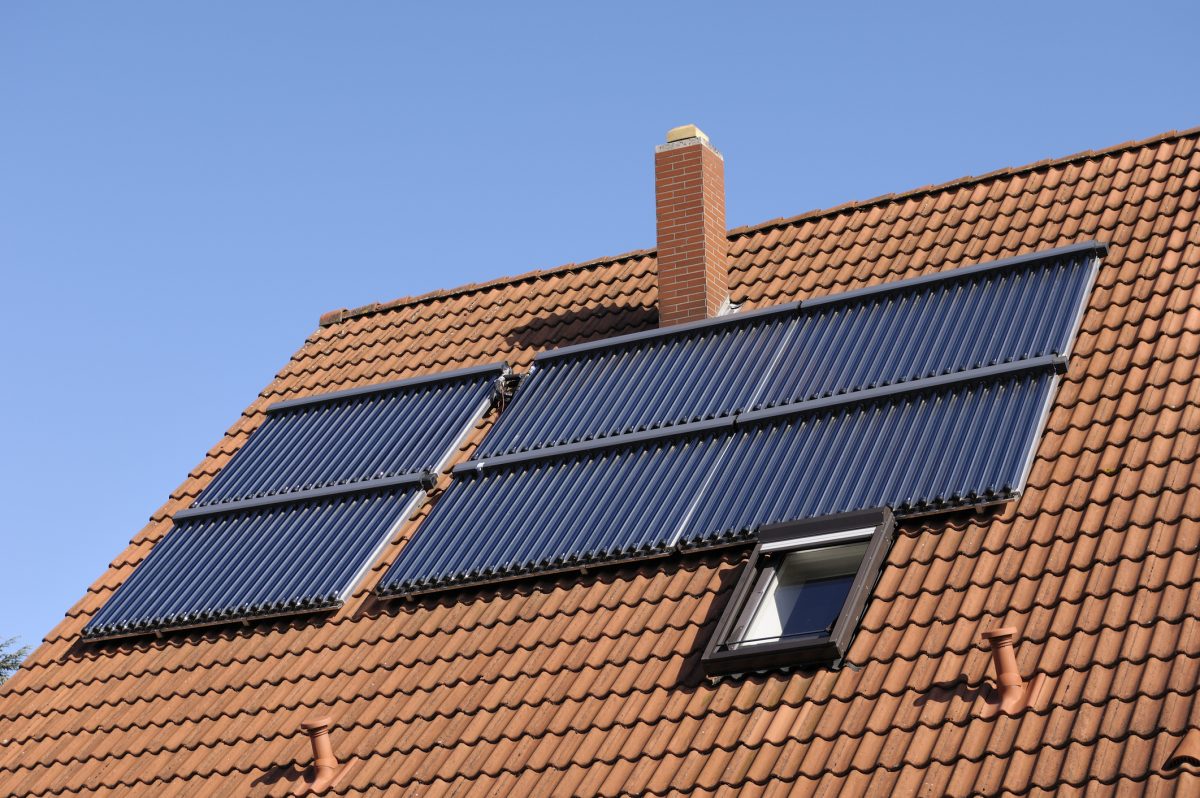We can withstand cold temperatures outside by layering on more clothes, trapping body heat and retaining it as an insulating layer around the body. However, when the weather is really frigid cold, we need a heating system to keep a suitable temperature within a building space. It can elevate the temperature to a level sufficient to compensate for the building’s heat losses.
Panel Heaters

Heating panels might be parts of the floor, walls, or ceiling. The source of heat might be hot air, warm water, or electricity — in certain circumstances, steam is employed. Heating pipes, tubes, or ducts are buried in concrete or plaster slabs, or they are fashioned into other flooring or wall materials. Heating wires can be put into the flooring or affixed to the walls and buried in the material. As part of the final room-heating surfaces, fabrics laced with electrical resistance units were employed. Normally, the heated panel should be pleasant to the touch. The temperature at the heating panel surfaces should never exceed 120 ° F.
In panel-heating systems, outer walls and floors directly above the basement must be insulated, so that heat is not lost to the outside or to the ground. Interior walls and ceilings between first-and-second-story rooms are constructed without insulation and the heated surfaces on both sides radiate to the rooms exposed to the panel.
Although panel heating is a form of radiation heating, there is also a minor amount of heating by convection, due to air movement across the heated surface. Probably little convection heating is imparted by ceiling panels, since the warm air temperature at ceiling level is little different from the temperature at the surface of the panel. Panel heating is slow in bringing up room temperature, since the large mass of panel material must first become warm. When the floor, wall or ceiling has been completely heated, however, the heat dissipates slowly and the room temperature changes very little for hours after the heat has been turned off.
Heating By Means Of A Heat Pump

It is now possible, by means of the heat pump, to heat homes with warmth derived from the earth or well water or air. For this kind of heating, no fuel is required. In summer, the heating equipment can be reversed to cool the house.
The heat pump can take heat from the ground even when it is frozen over in the winter. A loop of one-inch pipe curves down about two hundred feet below the surface of the earth and back up again. Through this pipe circulates a liquid refrigerant which carries the heat from the earth into the house.
The heat pump operates in exactly the same way a refrigerator does. It takes heat from the ground, from well water or from outside air, just as the refrigerator removes heat from warm food played inside it. As the liquid refrigerant travels down the pipe of the heat pump, it becomes increasingly hotter as it picks up more and more of the earth’s warmth. On the trip back up to the surface none of this heat is lose because the upper part of the pipe is insulated. As the refrigerant enters the heat-pump unit in the house, the liquid is put under pressure. This forces its temperature even higher. Then, as the hot liquid passes through other coils of pipe and the air passing over these coils is warmed and in turn warms the house.
In summer, the heat-pump system can, by the turn of a switch, be reversed to provide comfortable cooling. The heat from the air in the house is carried by the liquid in the pipes into the earth, which is then cooler than the air. The liquid in the pipes brings coolness from the earth back into the house. The only cost of operation is for the electricity to run the compressor and pump or blower motors.

